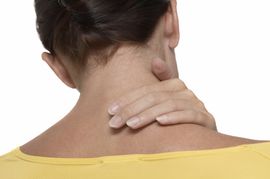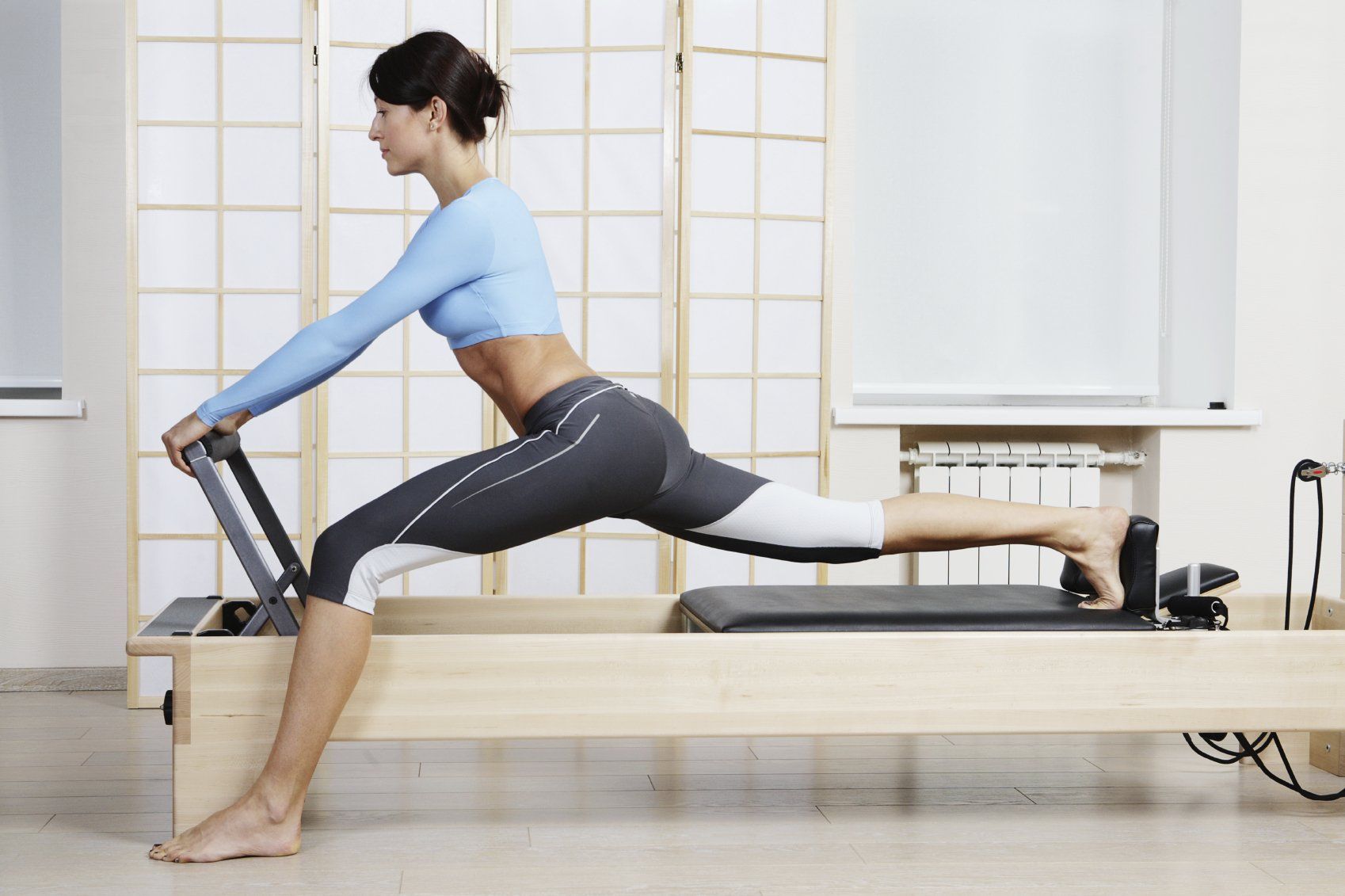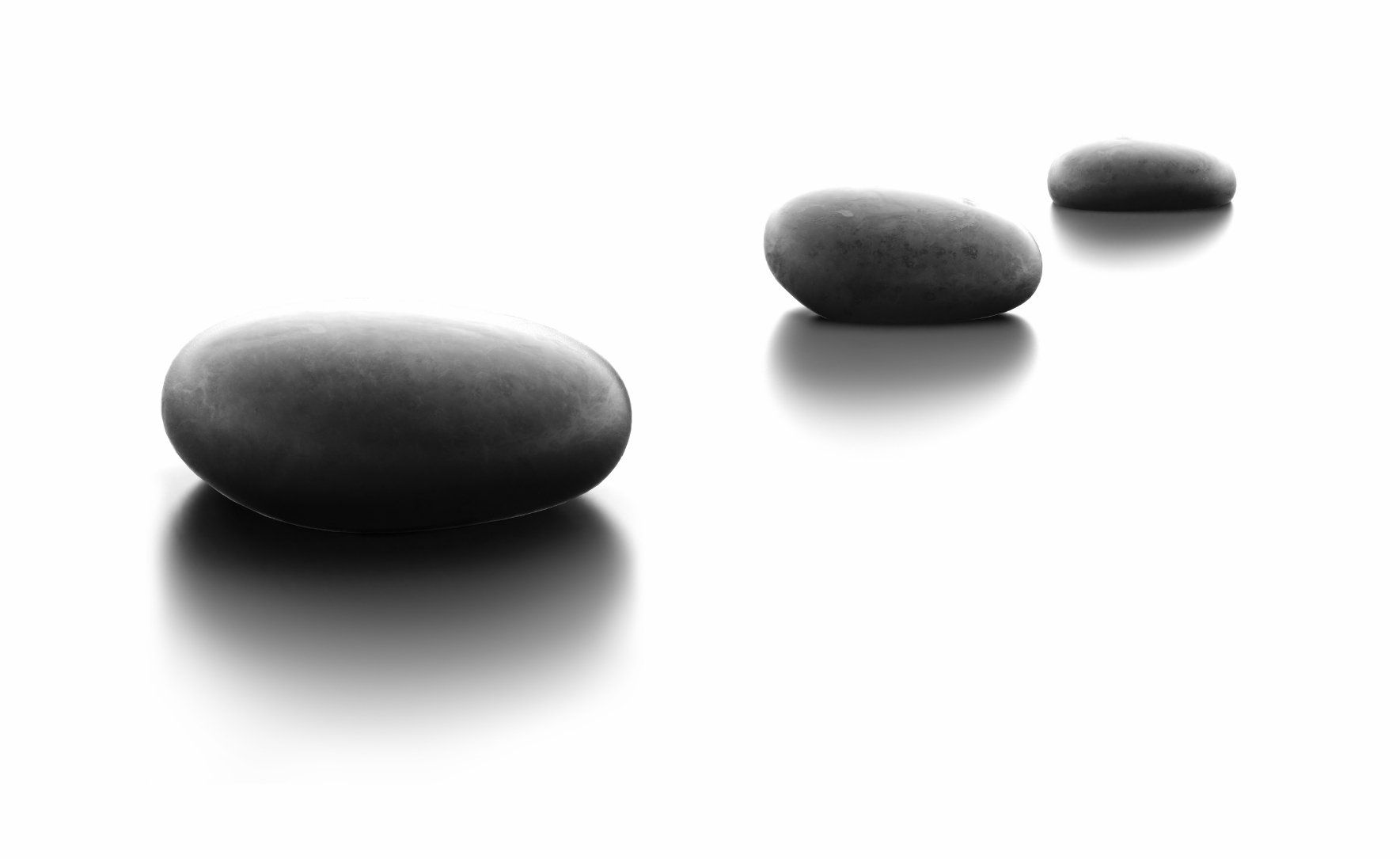Welcome
Pilates was designed by Joseph Pilates, a physical-culturist born in Germany in 1883. He developed a system of exercises during the first half of the 20th century which were intended to strengthen the human mind and body. Joseph Pilates believed that mental and physical health are inter-related.
He had been a sickly child and had practiced many of the physical training regimes which were available in Germany in his youth, and it was out of this context that he developed his own work, which has clear connections with the physical culture of the late 19th century such as the use of specially invented apparatuses, and the claim that the exercises could cure illness. It is also related to the tradition of "corrective exercise" or "medical gymnastics" which is typified by Pehr Henrik Ling.
Joseph Pilates published two books in his lifetime which related to his training method: Your Health: A Corrective System of Exercising That Revolutionizes the Entire Field of Physical Education (1934) and Return to Life through Contrology (1945).
The method was originally confined to the few and normally practiced in a specialized studio, but with time this has changed and pilates can now be found in community centers, gyms and physiotherapy rooms as well as in hybrid practice such as yogilates and in newly developed forms such as the Menezes Method. The “traditional” form still survives and there are also a variety of “contemporary” schools, such as Stott Pilates, which have adapted the system in different ways.

Neck Pain
Neck pain is caused by a variety of reasons: muscle spasm, car accident, surgical recovery, spinal misalignment, nerve impingement, poor posture, and stress. A monitored Pilates routine by a certified instructor can specifically address these issues and bring relief. The emphasis that Pilates places on sustained stretches and deliberate movement allows people to recover from chronic neck pain.
Pilates starts at the core strengthening of lower abdominal muscles, working towards mid and upper back muscles with progressive resistance. This approach provides for the following benefits:
- Improved strength
- Increased range of motion
- Better coordination
- Better balance
- Better alignment
- Muscular symmetry
- Increased flexibility
- Increased endurance
Pilates is well designed for addressing the challenges associated with neck pain or neck immobility.

Back Pain
Many people suffer from back pain, which can be sourced to numerous issues:
- Lack of core support
- Pelvic instability
- Muscular imbalances
- Poor posture
- Lack of body awareness
Pilates is effective at increasing back health because it addresses these underlying structural imbalances. Focus is given to how body parts line up in relation to each other, building muscle strength in the trunk of your body and increasing range of motion in the spine.
Back pain has many causes and Pilates may not be right for all of them, so it is worth consulting with your health care practitioner before beginning a Pilates program.







